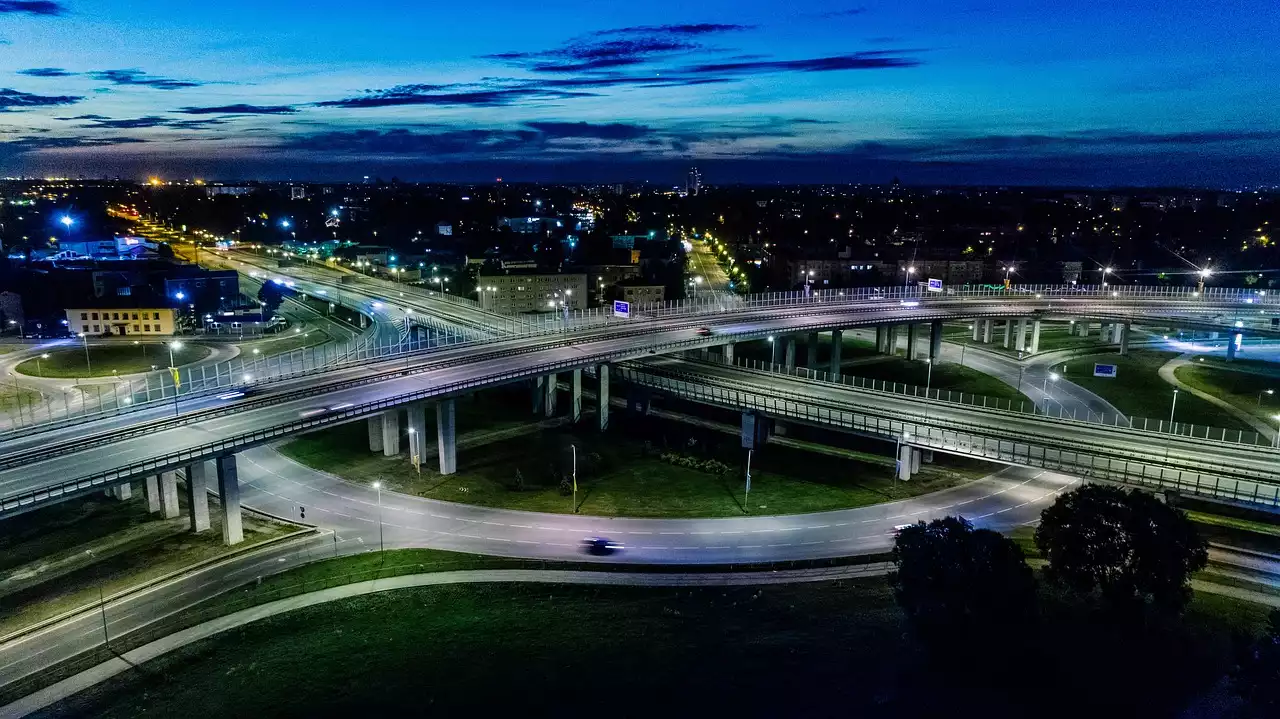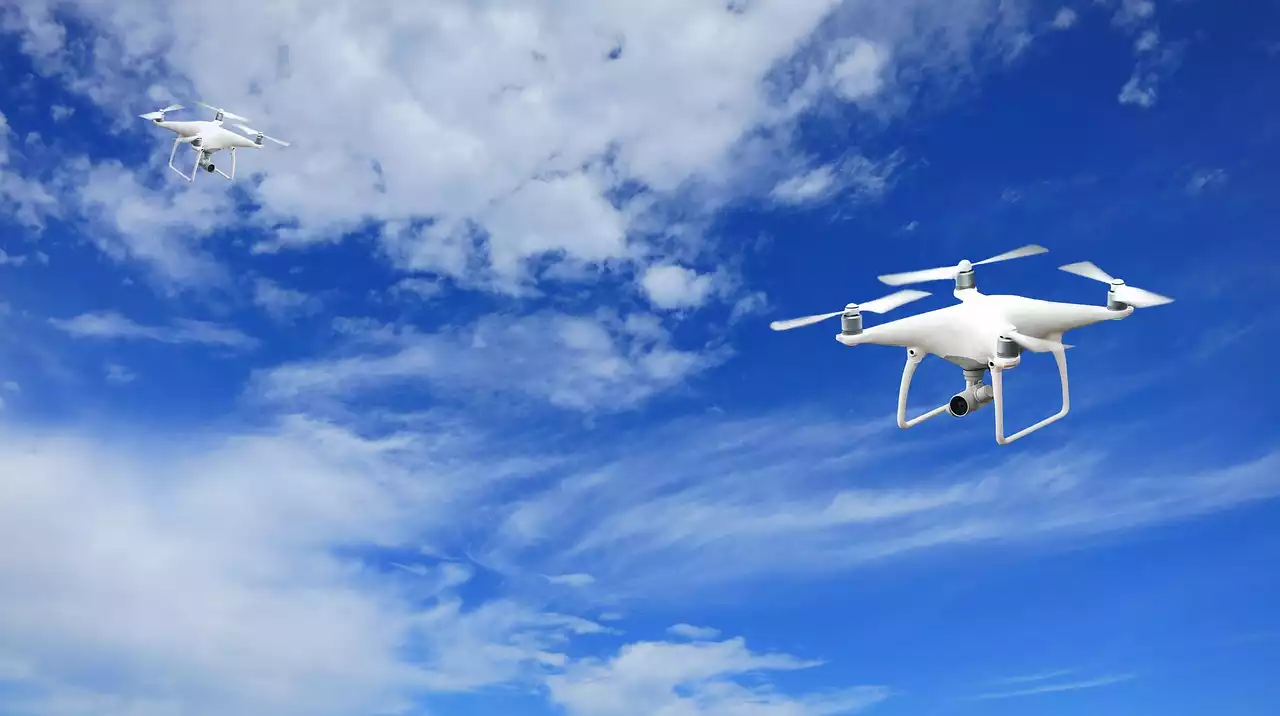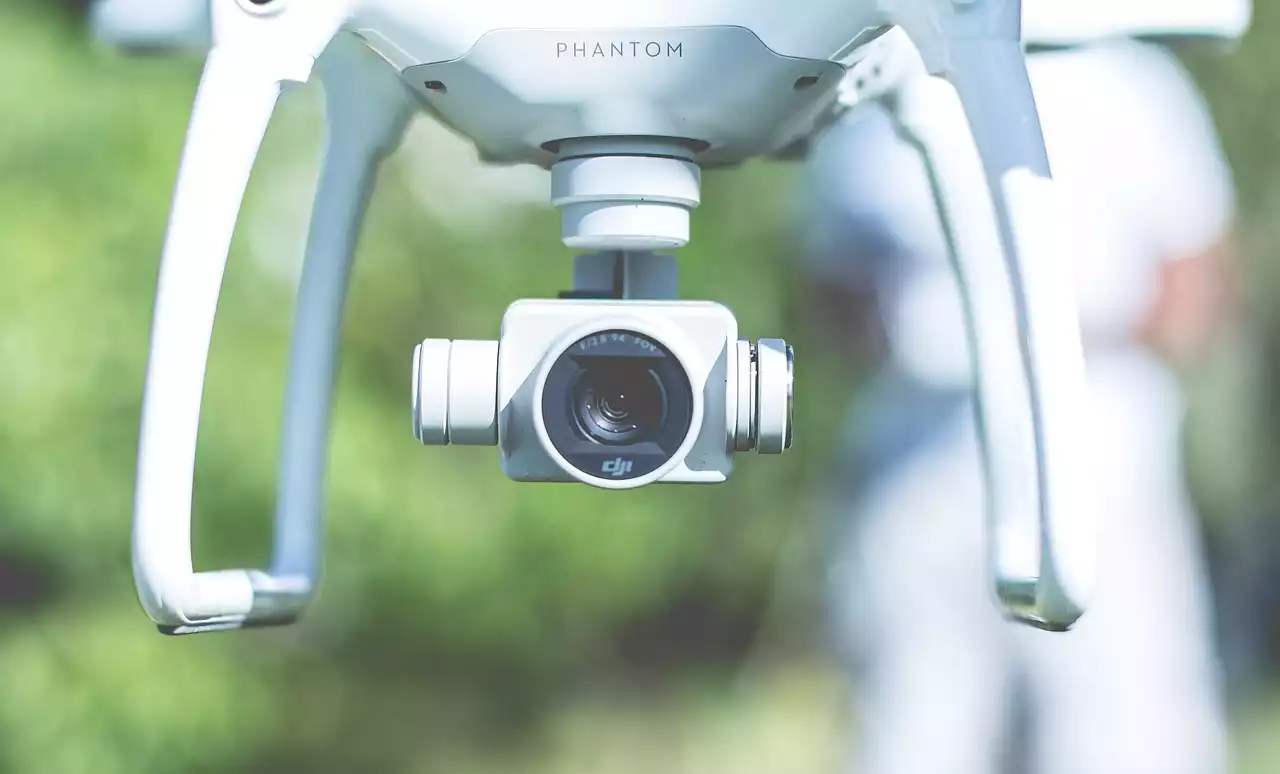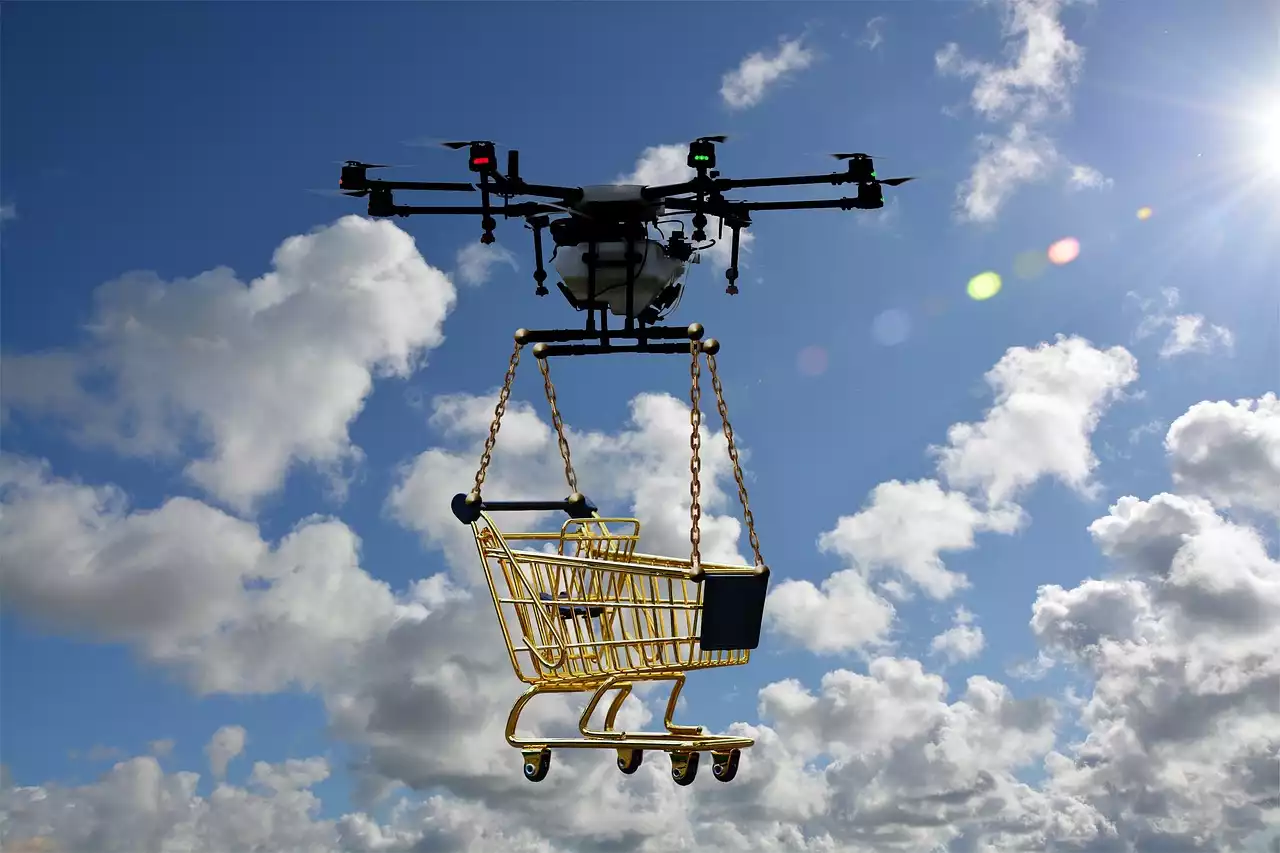What is a drone?
Drones are essentially remotely controlled aircraft. While they can be operated with a human nearby and on the ground, or even via satellite, most of the time they are controlled from afar with no one on board. This means that the drone operator is not physically in the same place as the machine, but instead is seeing the same thing through a camera mounted on the vehicle, typically at a higher vantage point. With the right equipment, drones can be used for a variety of tasks, such as inspecting a building for structural damage and inspecting crops for diseases, to name a few. Drones are also used for search and rescue operations, as we will see below.
Advantages of using drones for search and rescue
The ability to quickly cover large areas and collect high-quality aerial imagery, along with advanced sensors, allows drones to be a useful addition to search and rescue operations. Drones are able to collect the type of data and imagery that human search teams can’t due to the need for direct human observation. This allows for a faster and more thorough search, extending the time a missing person can be found while cutting down on the risk to searchers themselves. Additionally, a drone’s ability to cover large areas also makes it a more efficient tool for collecting information, allowing for fewer personnel to cover the same area. However, depending on the task, a drone’s ability to cover large areas can also be a limitation. For example, a drone may be able to cover a large area quickly and at high altitude, but if the area is relatively small and low to the ground a ground-based drone may be a more efficient solution.
How drones are used in search and rescue operations
As we’ve seen, drones are particularly well suited to search and rescue operations as they provide a level of efficiency and accuracy that is not possible with human search teams. With this in mind, drone search and rescue is becoming more common. For example, in the United States, numerous search and rescue organizations have begun using drones to augment their search and rescue operations. Furthermore, some disaster response agencies are also using drones to help with their search and rescue operations. For example, in Canada, a drone was used to help rescue a child trapped in a well. This is just a small sampling of how drones are being used in search and rescue operations. The use of drones in search and rescue operations has a number of other potential benefits, such as improved safety for search and rescue teams, as we will see below.
Types of drones used for search and rescue operations
UAVs are most commonly used for search and rescue operations in the form of fixed-wing aircraft. While drones can be relatively small, most are relatively large, meaning that many of the advantages of using them for search and rescue are not available with smaller UAVs. For example, a small UAV may be able to cover a large area quickly, but it may be difficult to maneuver in tight spaces and may have a hard time inspecting areas like trees and buildings, which are often the focus of search and rescue missions. Additionally, the amount of data that a small drone can collect is limited, making it less useful when it comes to visual data. Large, fixed-wing UAVs, however, generally have cameras that can collect high-quality imagery and sensors that can be used to collect data on environmental conditions, like temperature, humidity, and pressure.
Drones equipped with special features for search and rescue
As we’ve seen, drones provide a level of efficiency and accuracy that is not possible with human search teams. This is due in large part to the use of advanced sensors and sensors that collect high-quality data. As such, drones equipped with special features for search and rescue are a common sight. These drones are often referred to as SAR-enabled drones and include many different types of aircraft, like hexacopters and octocopters, as well as fixed-wing aircraft. Some SAR-enabled drones are able to collect high-quality data such as temperature, pressure, and humidity, which can be very useful for search and rescue operations as it allows for the detection of survivors in areas like collapsed buildings and underground caverns.
Examples of drones being used for successful search and rescue operations
As we’ve seen, drone search and rescue is becoming more common, particularly in the United States and Canada. However, it is still a relatively new field, and there are many examples of successful use of drones in search and rescue operations across the globe. For example, in Italy, drones have been used to help rescue people trapped in collapsed structures. In India, drones have been used to help save lives during monsoon floods. In Australia, drones have been used to help recover the bodies of people who have gone missing after boating accidents. And in the United States, drones have been used to help rescue climbers trapped in an avalanche in Colorado and to help recover the bodies of people who have fallen into a quarry in New York. This is just a small sampling of examples of successful drone search and rescue operations across the globe.
Regulations and legal considerations for drone search and rescue operations
As with any remote-controlled aircraft, drone search and rescue operations are subject to FAA regulations and should be conducted below 400 feet. Additionally, drone search and rescue operations should only be used by qualified search and rescue teams, who should be certified by the organization responsible for the search. In many cases, this will be the local police or fire department, but it could also be private search and rescue teams or other entities. To ensure the safety of drone operations, the operator should always be in direct control of the UAV and follow all appropriate 10-metric-mile regulations.









